
This page explains QSL requirements and offers a nonexhaustive list of methods for sending them. Other methods may exist; consult your Area Awards Manager with any questions.
QSLs form the basis of the 3905 Century Club awards program. QSLs can be obtained through traditional methods or electronic confirmations. The Century Club does not mandate a specific medium.
Each award applicant must have a QSL for every contact listed on an award application. Electronic links to the confirmation and screenshots of a log are not acceptable.
The club does not approve specific methods, it states the data required for a QSL.
Required information for QSLs:
For Mobile or Portable QSLs, also include:
Add the following information if applicable:
Progressive award numbers
Officer and/or VIP positions
Wild deuce numbers
Note if the net is an “early” or “late” net
Include National Park Name, Tripoints, High Points, Low Points, etc.
Ways to QSL:
| Method | Description | Examples |
| Mail a card directly to the station | Complete paper QSL card and mail it to worked station | |
| 3905 Century Club QSL Bureau | Complete paper QSL cards then send them in one envelope to the bureau | 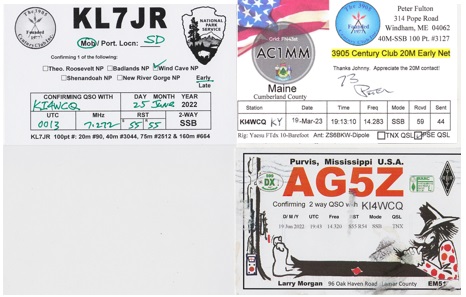 click image for example |
| Email directly to contact | Send an e-mail containing required QSL information | 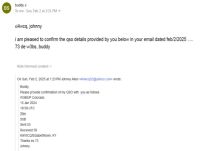 click image for example |
| eQSL | Matches your QSO to worked station QSO, produces QSL card image for matched QSO’s | 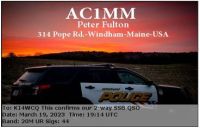 click image for example |
| QRZ | Matches your QSO to worked station QSO, produces page showing contact confirmed | 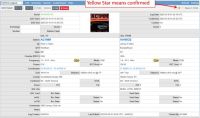 click image for example |
| Logbook of The World | Matches your QSO to worked station QSO, produces image showing contact confirmed | 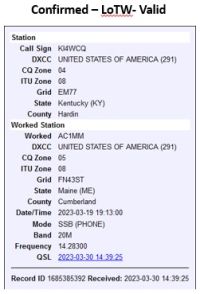 click image for example |
| ClubLog (DX Only) | Matches your QSO to worked station QSO, produces page showing contact confirmed | 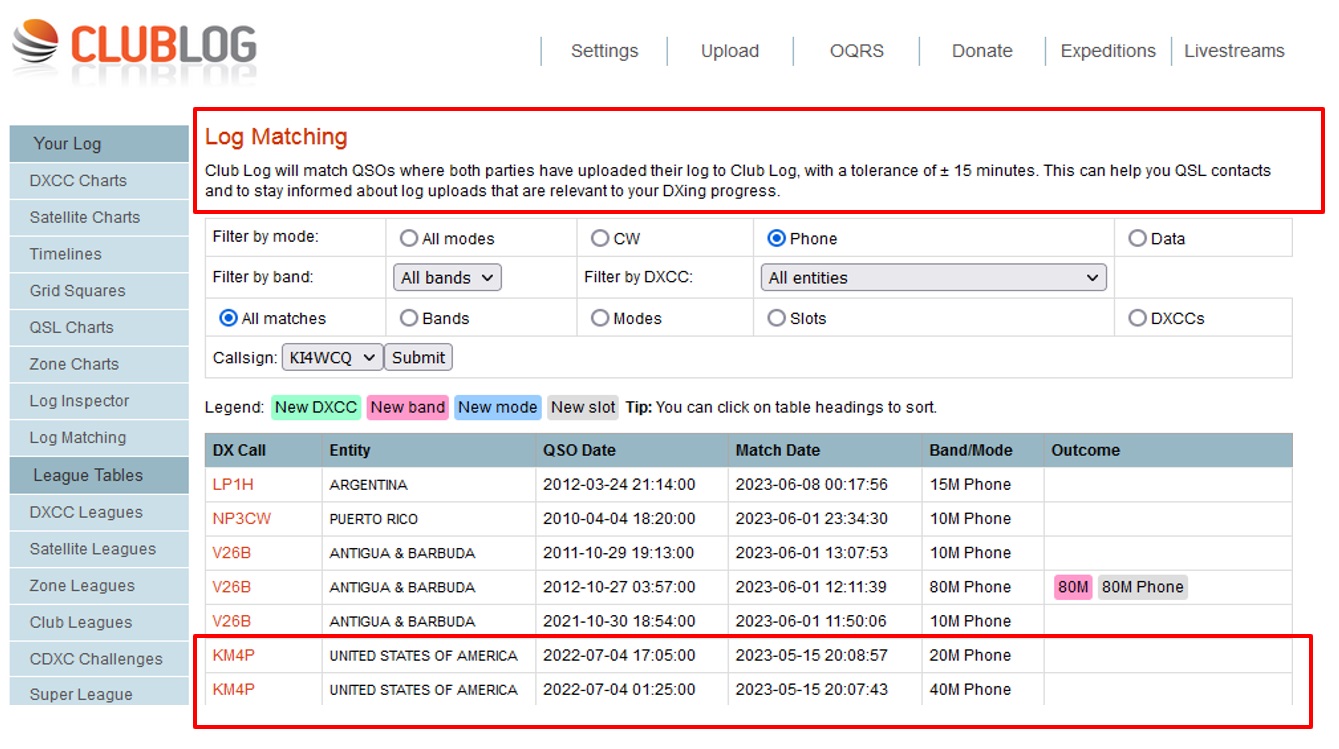 click image for example |
| QRZCQ | Matches your QSO to worked station QSO, images page showing contact confirmed | 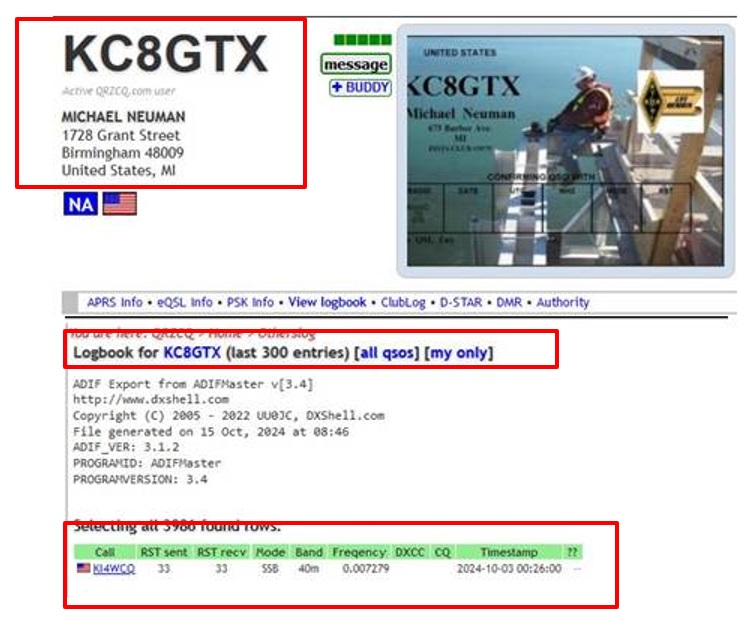 click image for example |
There may be other ways. Check with your Area Awards Manager if you have questions.
QSL tools you may want to consider:
| Quick QSL | Web based, no installation required. Cards include mobile/portable statuses, award numbers and optionally VIP positions, etc. Option to e-mail cards and/or print cards to mail directly or via bureau. |
| Century Club Logger | Comprehensive logbook management for Century Club nets and sends QSO info to eQSL, email QSL’s, and prints QSL cards |
| QSL Wizard | Designs and prints QSL cards, prints QSL labels to use on your card, generate reports from you log |
| QSL Maker | Makes printable QSL cards |